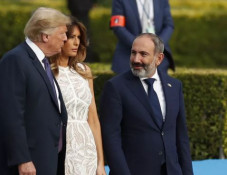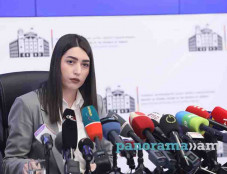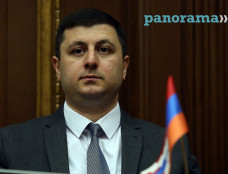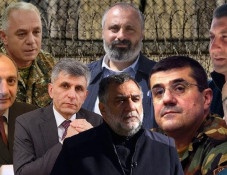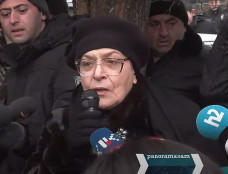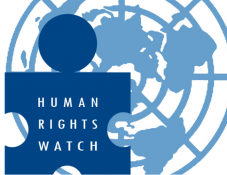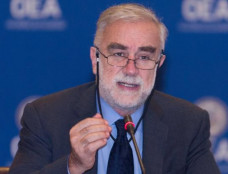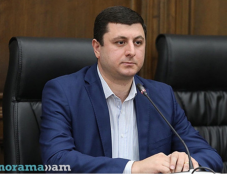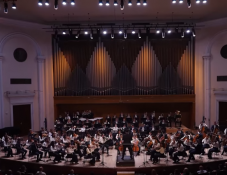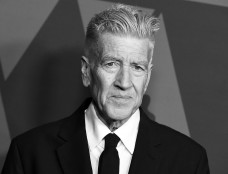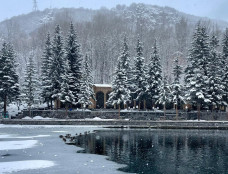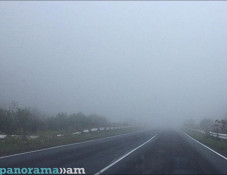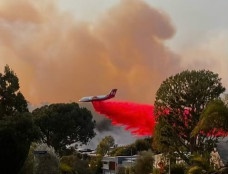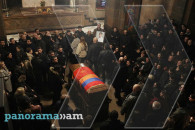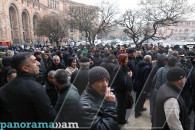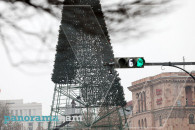
The lessons from Russia's latest killing may be worth noting. Bridget Kendall
Judging by previous political killings in Russia, the mystery of who ordered the shooting of Boris Nemtsov may never be solved. But some lessons from the past may be worth noting.
The murder of a high profile Kremlin critic is nothing new in Putin's Russia.
There was widespread grief when the award-winning journalist Anna Politkovskaya was shot dead outside her Moscow home in 2006.
Paul Khlebnikov, the US journalist who edited the Russian edition of Forbes magazine was gunned down near his Moscow office in 2004.
And mystery surrounded the suspected poisoning of the Russian MP and corruption investigator Yury Shchekochikin in 2003, (three years before the infamous poisoning of another Kremlin opponent, Alexander Litvinenko.)
On their own none of these, nor the many other apparently politically motivated killings over the last 15 years, changed the climate, though they did add to a growing sense of unease about possible dark undercurrents in Russian politics.
Yet assassination is not just a phenomenon of Putin's Russia.
In 1998, there was general dismay when the respected Russian MP and human rights campaigner, Galina Starovoitova, was gunned down in St Petersburg.
In 1992, many were shaken at the brazen murder of Vladlav Listyev, at the time the head of one of Russia's biggest television stations.
In fact, the extent of the gangland-style shootings in the chaotic 1990s - targeting journalists, business figures and politicians - was often cited by President Putin as one means of measuring the success of his rule, because he ended this sort of anarchy and brought peace and prosperity to Russia.
What is different about Boris Nemtsov's murder is how public it was.
This was not carried out in a shadowy doorway or foyer. It was not a mystery poisoning. It was in the full glare of street lights, on a busy bridge right in front of the Kremlin, designed to attract attention and therefore to send a political message.
Newsfeed
Videos





